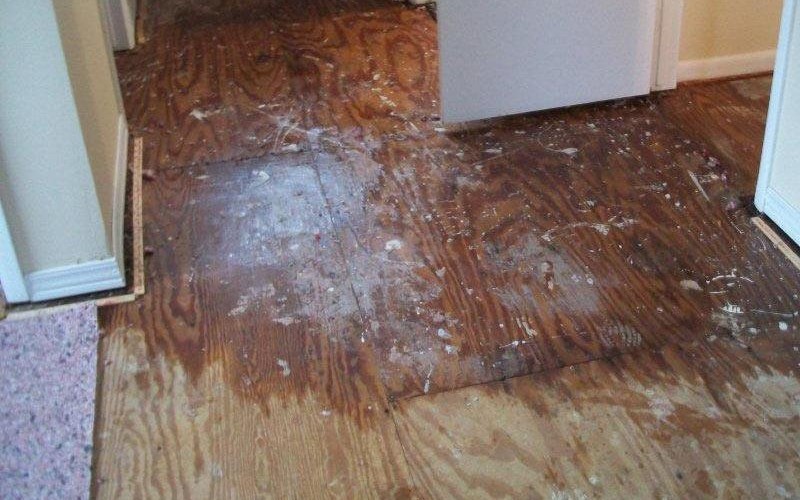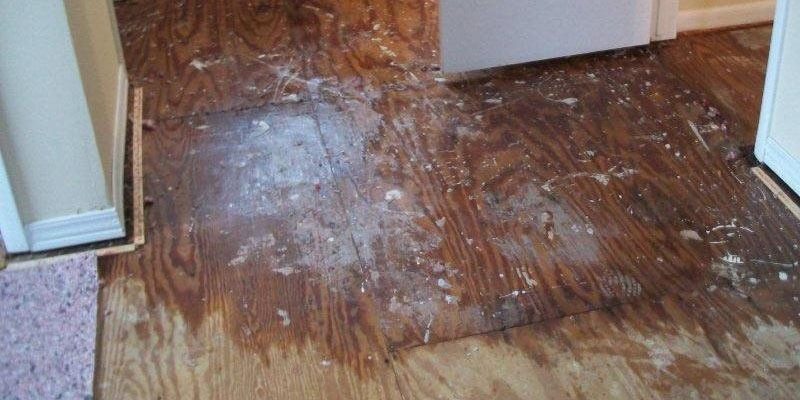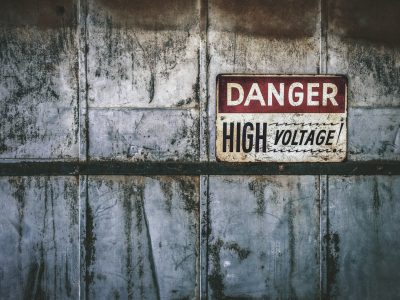
Stories about water-related property damage have become very common in the past few years. Changing weather trends, storms, and more rain are the biggest factors that could deteriorate your residential property’s value. Therefore, taking insurance to mitigate the risk of home damage becomes essential for every homeowner. If you are one who has taken insurance coverage, Great!! But with this, there are some details that you need to consider. Let’s learn about them;
- Keep a list of current home inventory: A Home inventory list will assist you in filing a claim. In some cases, insurance companies give a smaller compensation amount due to inadequate resources. A list in hand will give you and the insurance adjuster complete details. So, do not ignore the store list in your email or create a Microsoft Excel copy for regular updates.
- If your neighborhood is prone to flooding, do not ignore it and assume water cannot reach your doorstep. But take proper and adequate steps to protect your property.
- Assemble a disaster safety kit. Having a disaster safety kit in hand can protect your home and family members. Your safety kit must involve medicines, packed food, and some cash for your survival.
To make your home insurance process easier, know what is covered and what is not.
When water damage affects your house, speak to your home insurance broker. But before that, you must be sure about what is covered and what is not in the water damage home insurance policy.
- The insurance company covers certain internal damages, but damages due to lack of maintenance or negligence are not covered. Also, damages caused by floods are not covered under the standard insurance policy.
- Homeowners insurance companies do not cover ground seepage, water or sewer pipe backups, poorly-maintained pipes leading to leaks and flooding.
- Rain or snowstorm and plumbing issues such as burst pipes, faulty plumbing, accidental overflow, and frozen plumbing are covered under standard home insurance.
- Water damage from extinguishing a fire, roof leakage coverage only for the interior, overflow of an appliance or fixture like toilet, washing machine, bathtub are also covered.
- Under certain circumstances, if homeowners are unable to return home, additional living expenses are also covered by the insurance company.
Tips to start Insurance Claim Process
- Call your insurance agent or broker immediately about your loss. Like, if you are in Ontario, call your Home Insurance broker in Ontario for quick claim processing.
- Make a list of assets and handover it to the insurance company. These should also involve proof of purchasing, such as photos, receipts, and warranty cards.
- Keep all the receipts of clean-ups and expenses you have entitled in that period.
Hope the above information helps you to secure your home. So, whether it is about following safety measures or choosing a reliable broker ready who is ready to assist all the time. And do not forget to gather all the essential documents related to property and damages. The best thing is to click pictures of your every purchase and upload them into Google Drive.




















